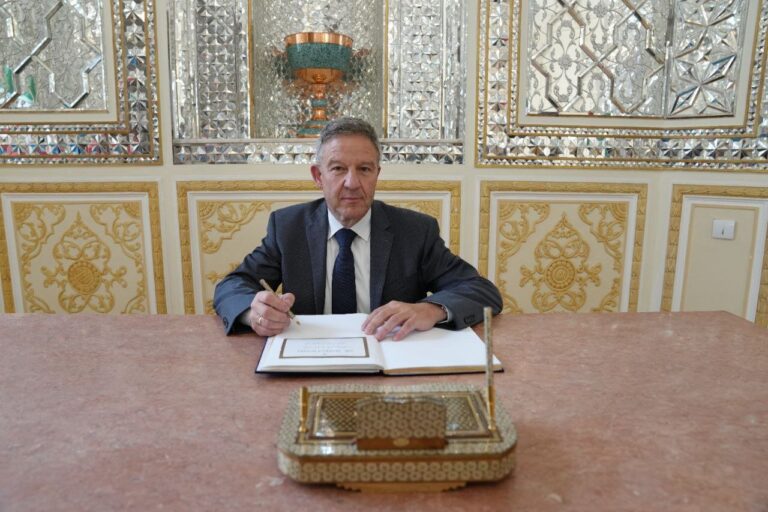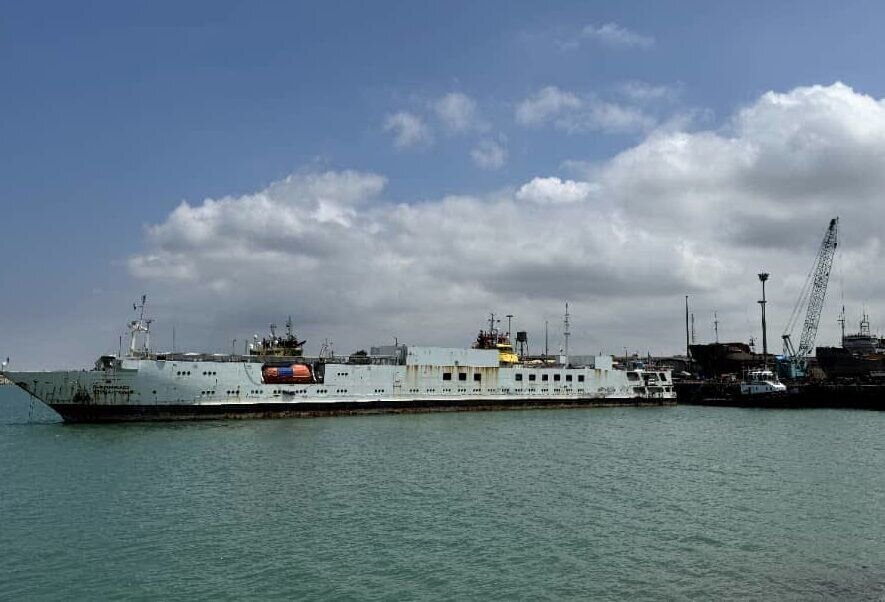
Similar Posts
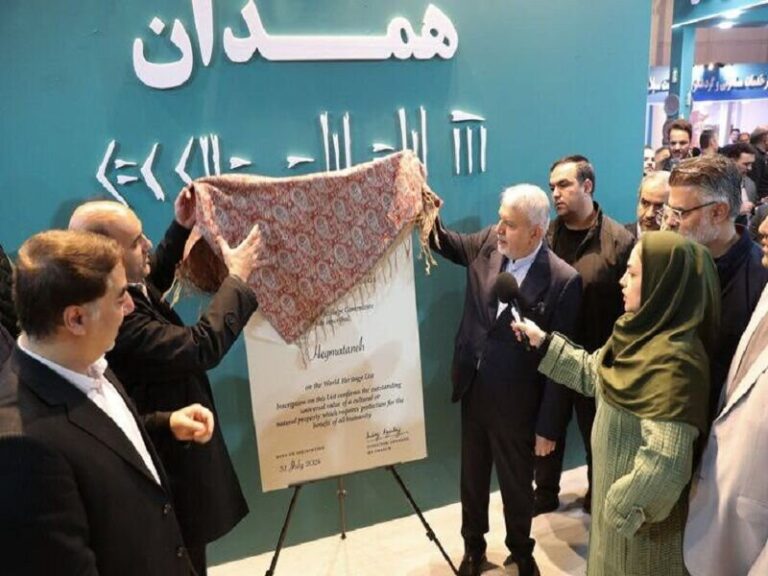
Unveiling Ecbatana’s UNESCO Registration: A Highlight at the Tourism Fair!
Iran’s ancient city of Ecbatana has been officially recognized by UNESCO as a significant archaeological site during the 18th Tehran International Tourism and Related Industries Exhibition. This recognition, announced by Minister Seyyed Reza Salehi-Amiri, marks Ecbatana as Iran’s 28th UNESCO World Heritage site. Once the capital of the Median Empire, Ecbatana is vital for its rich archaeological deposits and historical significance spanning multiple eras. The UNESCO designation is expected to enhance tourism and conservation efforts, showcasing Iran’s commitment to preserving its cultural heritage and promoting its historical landmarks to a global audience.
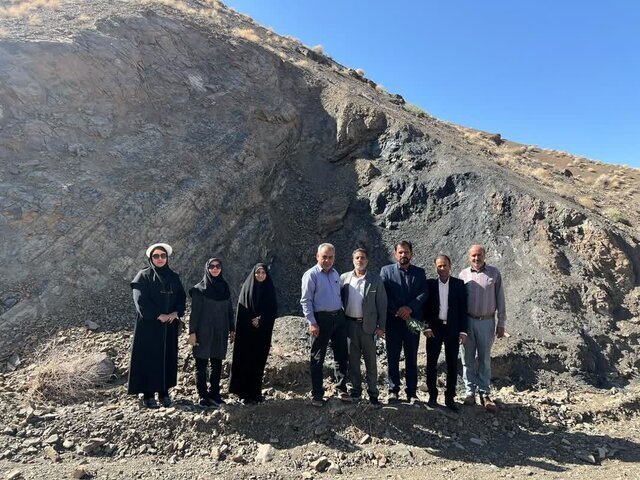
Zarand’s Dinosaur Footprint: A New Must-See Tourist Attraction in the County!
A dinosaur footprint discovered in the Deh-Alireza region of Zarand county, Iran, is emerging as a significant tourist attraction. Local officials, including Mohammad Eslami from the Zarand Cultural Heritage Department, believe it has great potential for sustainable tourism and scientific exploration. The footprint, likely from a herbivorous dinosaur that lived around 180 million years ago, highlights the area’s rich geological history. Efforts to protect and develop the site for tourism are underway, aiming to attract visitors interested in paleontology. This discovery not only enhances Kerman province’s scientific value but also positions it as a destination for cultural and educational tourism.
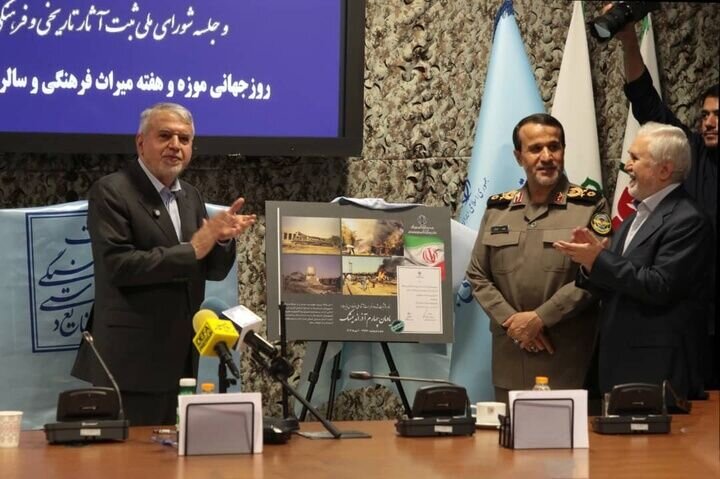
Unveiling the Registration Documents for ‘Sacred Defense’ Elements: A Historic Reveal
On the 43rd anniversary of Khorramshahr’s liberation, Iranian authorities registered 12 sites in Khuzestan linked to the eight-year Iran-Iraq War, known as the Sacred Defense. The ceremony, held at Tehran’s Sacred Defense garden-museum, highlighted the importance of preserving wartime heritage as part of Iran’s cultural identity. A total of 119 war-related sites have been registered, with plans for eight new Sacred Defense museums by 2028 to document the war, combat historical distortion, and strengthen national identity. This initiative aims to honor the sacrifices made during the war and educate future generations on its complexities and impacts on society.

Discover the Splendor of Hasht Behesht Palace: A Gem of Safavid Architecture!
The Hasht Behesht Palace, located in Isfahan, is a stunning example of Safavid architecture and one of the last royal residences of the Safavid kings. Completed in 1669, its octagonal design features four unique façades and an exquisite “Pearl Pool” at its center. Originally part of the Naghsh-e Jahan Garden, the palace reflects the opulence of its era, housing eight wives of Shah Abbas. Renowned for its intricate tiling and decorative splendor, it remains a significant cultural landmark. Today, it is easily accessible and serves as a captivating destination for visitors exploring Iran’s rich historical heritage.

New Direct Flights Connecting Urmia and Istanbul Set to Take Off!
A new direct flight route from Urumia, Iran, to Istanbul, Turkey, is launching on May 4, operated by Caspian Airlines. This twice-weekly service will enhance travel options for both business and leisure travelers, with flights departing Urumia at 6:00 p.m. and arriving back at 4:30 p.m. The initiative aims to boost trade and tourism between the two countries, reflecting a growing demand for international travel from Urumia. Additionally, domestic flights from Urumia to Tehran will also increase on the same dates. This development signifies improved connectivity and economic opportunities for the region.
